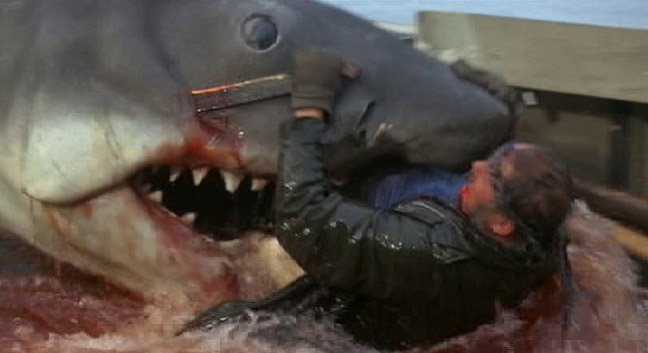

It should also be pointed out that, although the technology is very impressive, the idea that a deepfake could literally be indistinguishable from real footage is still only theoretical. There's nothing specifically stopping the creation of a deepfake engine that makes it look as though people had guns in their hands when they did not, or makes them look taller than they are, but that doesn't play to deep learning's strengths and would probably be more easily achieved through other means. After the swap, you should be left with a face that has the features specific to Cage, but with the original mannerisms of Adams.
#MR DEEP FAKE SOFTWARE#
If you were imposing Nicolas Cage's face over Amy Adams for example – as in the example above – the software would learn which parts of the original faces were specific to each actor and should be changed (the eye colour, the mouth shape), and which were part of the scene and should be kept (that the eyebrows raise and mouth opens). The reason face-swapping is the primary category of deepfake is that all faces share commonalities, even among people of very different appearances, and as long as those elements are consistent our brains tend to believe what they're seeing. In deepfakes, this means changing one person's face into another's, in ways a human editor might not think of or would be unable to detect.Īfter the swap, you should be left with a face that has the features specific to Cage, but with the original mannerisms of Adams. It involves the systems processing certain tasks over and over again, sometimes totally unsupervised by humans, in order to learn the best way to turn certain inputs into a desired output. It's this element, and the fact the faces are generated wholly by computer, that makes deepfakes different to - and potentially more dangerous than - fakes that have been manually created by humans.ĭeep learning is a method of teaching computers and software that is inspired by the way organic brains learn. The "deep" in deepfake refers to "deep learning". It was clear the celebrities had no part in making the videos, but the techniques used meant they were much more convincing than traditional fakes that simply transposed the face from one video onto the body from another. They came to prominence in 2017 on the online community called r/deepfakes subreddit, whose members began sharing pornographic videos that appeared to feature popular female celebrities. What separates a deepfake from a garden-variety fake?ĭeepfakes are, in their most common form, videos where one person’s face has been convincingly replaced by a computer-generated face, which often resembles a second person. So, in a world already awash with misinformation and untruths, what might be the effect of deepfakes, for individuals and on the political sphere? And, er, how do you know when you're looking at one?Īmy Adams in the film Man of Steel and the deepfake created by YouTube channel derpfakes that imposes actor Nicolas Cage's face over Adams'. The story was national news and the woman was abused on social media, but experts concluded the video was likely genuine and not a deepfake at all.

Or a woman in the US who faced criminal charges when her daughter’s schoolmate accused her of constructing a deepfake of the girl vaping.

You may have seen a story recently of a popular Twitter account featuring the adventures of a cute female motorcycle enthusiast, who turned out to be a 50-year-old man. Deepfakes have been around for years and, even though their most common use to date has been transplanting the heads of celebrities onto the bodies of actors in pornographic videos, they have the potential to create convincing footage of any person doing anything, anywhere. But now, rather than images simply being altered by editing software such as Photoshop or videos being deceptively edited, there's a new breed of machine-made fakes – and they could eventually make it impossible for us to tell fact from fiction.ĭeepfakes are the most prominent form of what’s being called “synthetic media”: images, sound and video that appear to have been created through traditional means but that have, in fact, been constructed by complex software. For as long as photographs and film have existed, people have been fabricating forgeries designed to deceive or entertain, and this has only accelerated since the mass adoption of the internet. Normal text size Larger text size Very large text sizeįake images and videos are not a new thing.


 0 kommentar(er)
0 kommentar(er)
